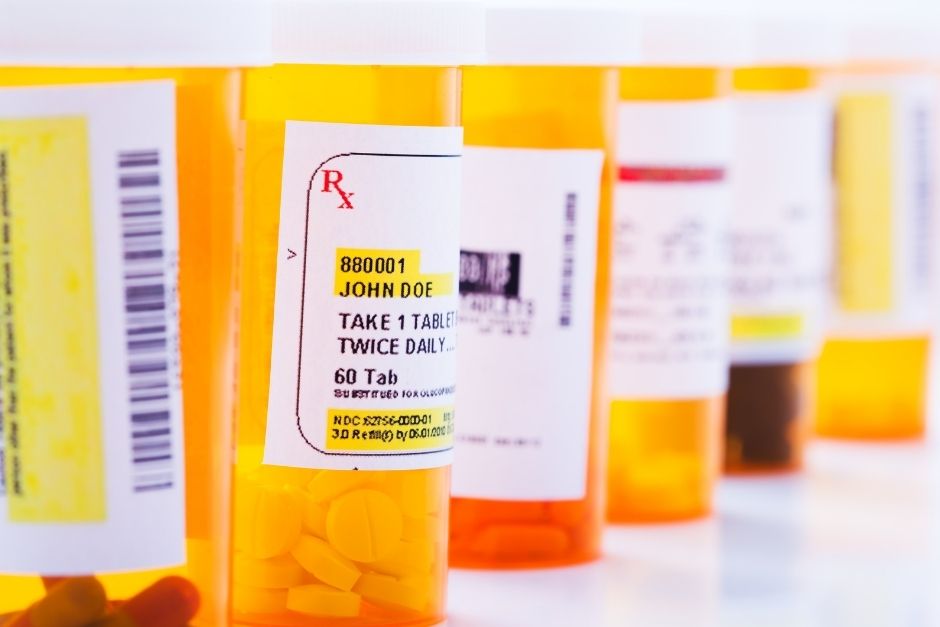Just about everyone has old antibiotics, pain relievers and other prescription medications gathering dust in their medicine cabinet. While these drugs are intended to support your health, they may be dangerous or even deadly when they end up in the wrong hands. So clearing out your medicine cabinet every so often should be part of your routine.
According to the National Survey on Drug Use and Health, nearly 20 million people in the United States misuse prescription drugs and most of these come from family and friends. Between 1999 and 2019, 841,000 people died from drug overdoses. Of those, 247,000 people died from overdoses involving prescription drugs.
Getting unused or expired medications out of your home is one way to prevent prescription misuse among those with access to your medicine cabinet. But you should also consider the safety of the wider community when you get rid of them.
The best way to safely dispose of prescription medicines is to participate in a drug take-back program. The Drug Enforcement Administration places secure dropboxes in locations throughout the country during its National Drug Take Back Days in April and October. The next date is October 25, 2025. Check with local police departments, hospitals and clinics to see if they have a dropbox. Or visit takebackday.dea.gov to find a location near you.
Large pharmacy chains like CVS and Walgreens often have drug receptacles on-site where you can safely drop off your medications at any time. You can also ask whether they offer a mail-back program.
If no dropboxes or drug receptacles are available nearby, you can safely dispose of unused medications at home by:
- Putting them in the trash – Remove the drugs from their original containers, mix them with something undesirable, such as used coffee grounds, dirt, or cat litter and seal them in a Ziplock bag or an empty food container or jar and put them in the trash. This makes the medicine less appealing or accessible to children and pets and unrecognizable to someone who might intentionally go through the trash looking for drugs. Make sure all personal information is removed from the items you are disposing of. You may also want to research drug deactivation systems, which are relatively new to the market. These are sealable bags containing carbon that bonds to pharmaceutical compounds when water is added. A person simply puts their medication in a bag, adds water and shakes it up to neutralize the active ingredient in the drug and then puts it in the trash. These bags are available for free through non-profits in some communities. (If you live in Alaska, for example, visit iknowmine.org to order yours.)
- Flushing them down the toilet – There are some medications the Food and Drug Administration recommends for flushing. These are usually medications that are sought after for misuse or are especially powerful and dangerous. Visit the FDA Flush List for more information.
A note on concerns about drugs in our water supply after flushing: To date, the FDA and Environmental Protection Agency have found “negligible risk” to the environment from flushing medications on the flush list. Any drug residue in the water comes from our urine.
“The main way drug residues enter water systems is by people taking medicines and then naturally passing them through their bodies,” says Raanan Bloom, Ph.D., an environmental assessment expert at the FDA.
However you dispose of your medications, making an effort to do it safely is one small way you can make a big difference in protecting your family and community from prescription drug misuse, addiction and deadly overdoses.

